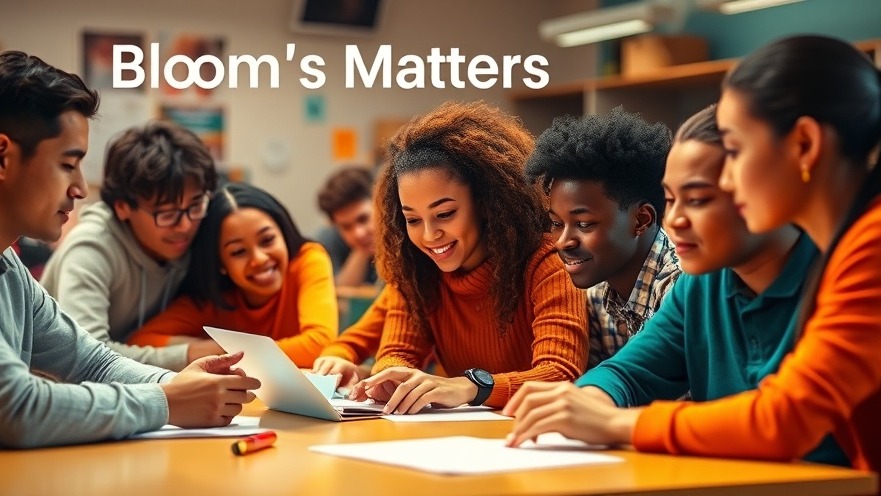
Understanding the Motivation Crisis in Education
As schools grapple with declining student engagement, the question arises: how can educators reignite a passion for learning? A significant insight comes from the experience of Julius Cervantes, a first-generation college graduate, who only found relevance in school during his senior year, thanks to a teacher who tailored statistics lessons to student interests. This profound change not only transformed his view of education but also his academic journey, showing the potential impact of personalized, relevant curriculum on student motivation.
The Pandemic and Its Lingering Effects
Data from the National Assessment of Educational Progress (NAEP) reveals disheartening trends in student performance, especially during the pandemic. Literacy rates for fourth and eighth graders have shown stagnation, leading to increased absenteeism and a deeper crisis of motivation among students. The pandemic has escalated existing issues rather than creating new ones: many students still feel detached from their educational experiences.
Why Student Input Matters
The importance of consulting with students during curriculum design has become evident. Observations from educators highlight that students often perceive school as unengaging— a sentiment echoed in the experiences of both Cervantes and educator Kara Stern. She argues for a shift towards materials that resonate more deeply with students' future lives, advocating for collaborative curriculum development that takes student voices seriously. Engaging students in creating relevant content could transform how they view their education.
Learning Through Engagement: Strategies to Consider
In the pursuit of increased academic rigor and student excitement, educators can leverage several effective strategies:
- Center Learning Around Student Experiences: Shifting focus from teacher-led instruction to student-centered learning can empower students to take ownership of their education. By allowing for choice and flexibility in activities, students can engage with material in a way that speaks to their interests.
- Incorporate Real-World Applications: Connecting lessons to students' future career aspirations, like the cooperative education programs seen in various educational systems, helps students see the purpose behind their learning.
- Build Inclusivity Through Collaborative Design: Incorporating feedback from students about what they want to learn helps to build an inclusive curriculum. Educational institutions must prioritize co-creating their curriculum, bringing diverse perspectives into the conversation.
Leveraging Challenges as Opportunities
Education systems can view ongoing challenges as opportunities for reform. Utilizing the insights gained from student consultations can not only enhance engagement but also strengthen the relationship between students and their education. Addressing inequities in access to personalized learning experiences is crucial for fostering an environment where students feel valued and included.
Final Thoughts: Taking Action for a Better Tomorrow
As the educational landscape continues to evolve, the key takeaway remains clear: student voices are invaluable in curriculum development. Schools and educators need to embrace innovative strategies that prioritize student engagement, ensuring that future generations see the value in their education. To foster a meaningful dialogue on engagement and curriculum design, consider reaching out to local educational groups and schools to participate in discussions on how we can effectively transform student experiences in the classroom.
 Add Row
Add Row  Add
Add 




 Add Row
Add Row  Add
Add 

Write A Comment